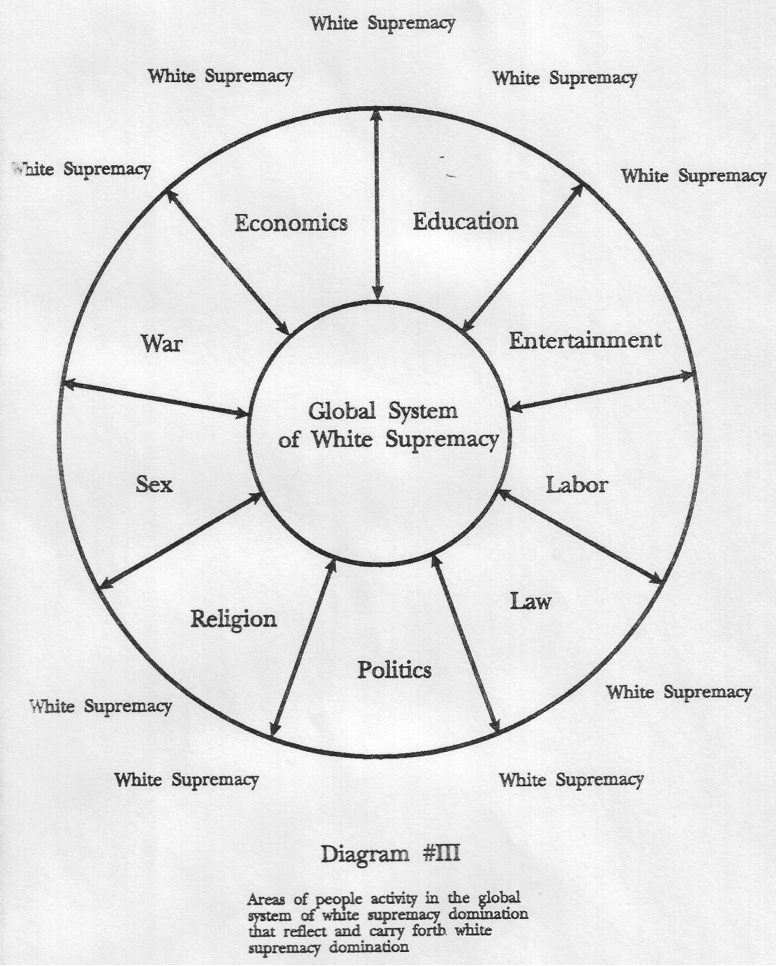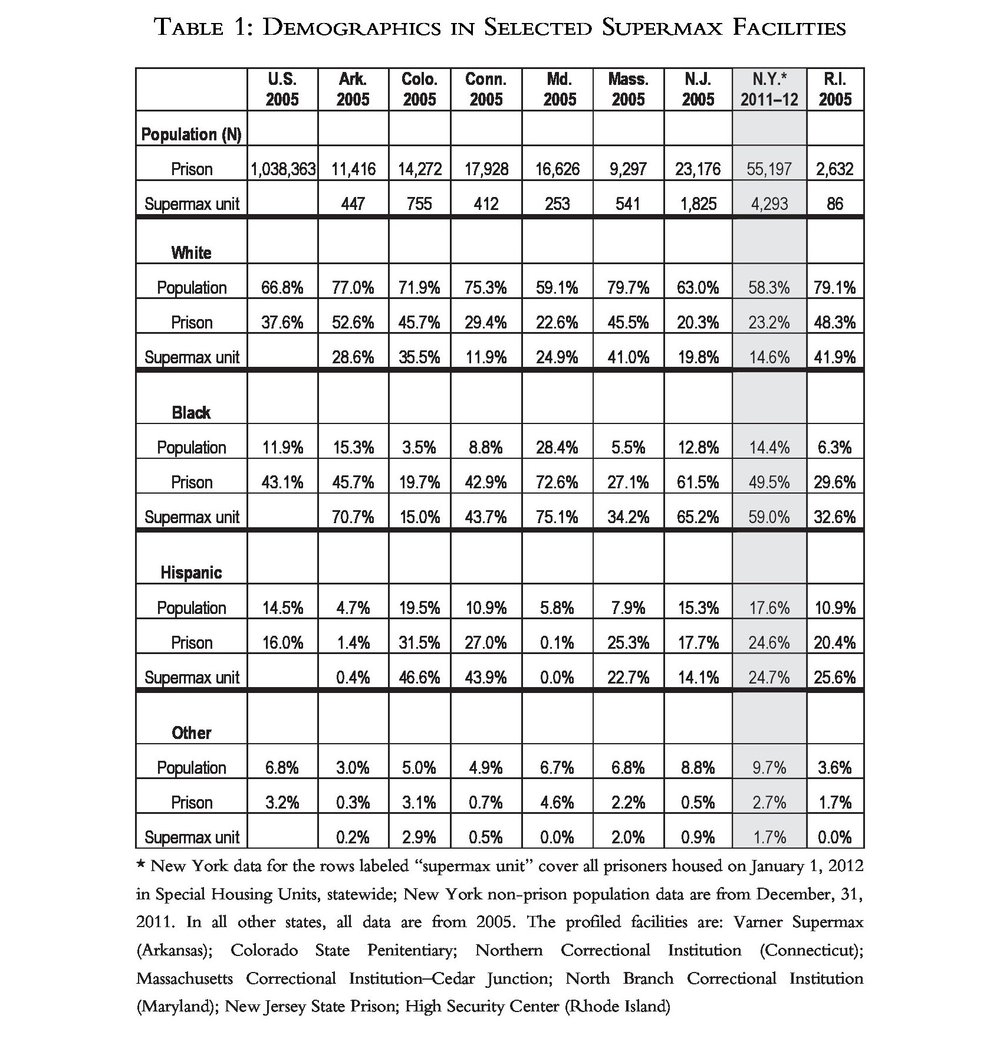Texas prisons [run by whites] overuse solitary confinement on [Blacks & Latinos], report says
Who Have White Folks Locked Up? According to Solitary Watch, in many states the harsh conditions of solitary confinement are disproportionately affecting prisoners of color. Full details on sources, methodology, etc. are available in Margo Schlanger, Prison Segregation: Symposium Introduction and Preliminary Data on Racial Disparities, 118 Mich. J. Race & Law 241 (2013).
From [HERE] Texas prisons keep too many inmates in solitary confinement for too long — sometimes years — damaging their mental health and placing communities at risk when the prisoners are eventually released, a study by civil rights groups concluded.
Released Thursday, the report criticized Texas for keeping 4.4 percent of its inmates in solitary confinement — 6,564 in September 2014, or more than the combined prison population of 12 states.
“On average, prisoners remain in solitary confinement for almost four years; over 100 Texas prisoners have spent more than 20 years in solitary confinement,” said the report by the ACLU of Texas and the Texas Civil Rights Project.
And although the practice can lead to mental damage, in 2013 the Texas Department of Criminal Justice released 1,243 inmates “directly from solitary confinement cells into Texas communities,” said the report, titled A Solitary Failure.
Texas prisons spokesman Jason Clark said solitary confinement is reserved for the [Black & Latino] most dangerous inmates, who are protected by a process that includes a hearing within seven days, an appeal through the offender grievance process and twice-annual reviews by prison administrators and monthly reviews by unit personnel.

The number of inmates confined to solitary is down to 6,108 as of December 2014, a 36 percent drop since 2006, as the prison agency has focused on reduction programs that include an effort to help members of violent prison gangs renounce their association, Clark said.
Solitary confinement, designed to improve the safety of prison staff and other inmates, is reserved for “confirmed members of the most organized and dangerous prisons gangs, as well as offenders who are escape risks and who committed assaults or multiple other serious disciplinary offenses,” Clark said.
The study, however, concluded that some inmates are placed into solitary who could be safely kept in a lower-security setting, including some held “for years and decades, long after they cease to pose a threat.”
The report was based on written surveys with 147 prisoners in solitary confinement, interviews with correctional officers and mental health professionals and open-records requests to the state prison agency.
Texas spends $46 million a year on solitary confinement and could save $33 million by cutting its rate from 4.4 percent to Mississippi’s 1.4 percent, said Burke Butler, a lawyer with the Texas Civil Rights Project. [MORE]
